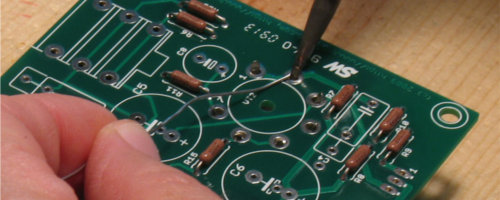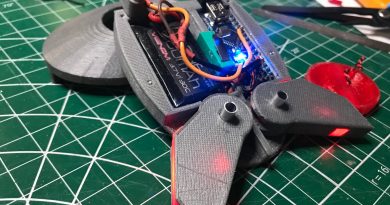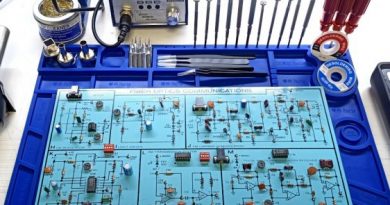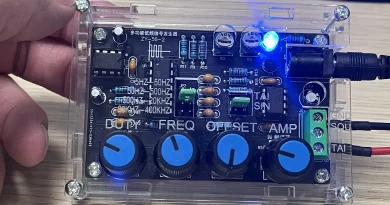Safety Tips When Soldering
Soldering is the process in which two or more metals are fused together through melting. A filler metal, which usually has a low melting point, acts as a joint to the two metals. In electronic components soldering is used to make a permanent connection. Melting metal can be very dangerous and precautions must be taken before doing any solder work. This article shows tips that should be taken when soldering to ensure the safety of yourselves and others.
- Never touch the tip, or element, of a soldering iron – The soldering iron element is heated to nearly 400 degrees.
- Avoid touching the mains flex with the soldering tip – Many soldering stations will have a heatproof flex for additional protection.
- Return the soldering iron to its stand – Never set the soldering iron on your workbench or near the area you are working in.
- Solder in ventilated areas – The fumes that are released from melting solder can be very uncomfortable. It is recommended to move your head to the side of your project rather than above. This way the fumes can be avoided. Make sure to have fresh air circulating in and out of the work area.
- Wash your hands – Solder contains lead, which is a poisonous metal. After handling solder make sure to wash your hands thoroughly.
- Avoid loose fitting clothing – Do not wear clothing that can easily fall into your workspace.
Before anyone thinks about turning on their soldering station, it is important to have a first aid kit available. Being prepared is a necessity. Always pay attention to your surroundings and be careful with the soldering iron tip. Be safe and enjoy your time soldering.



